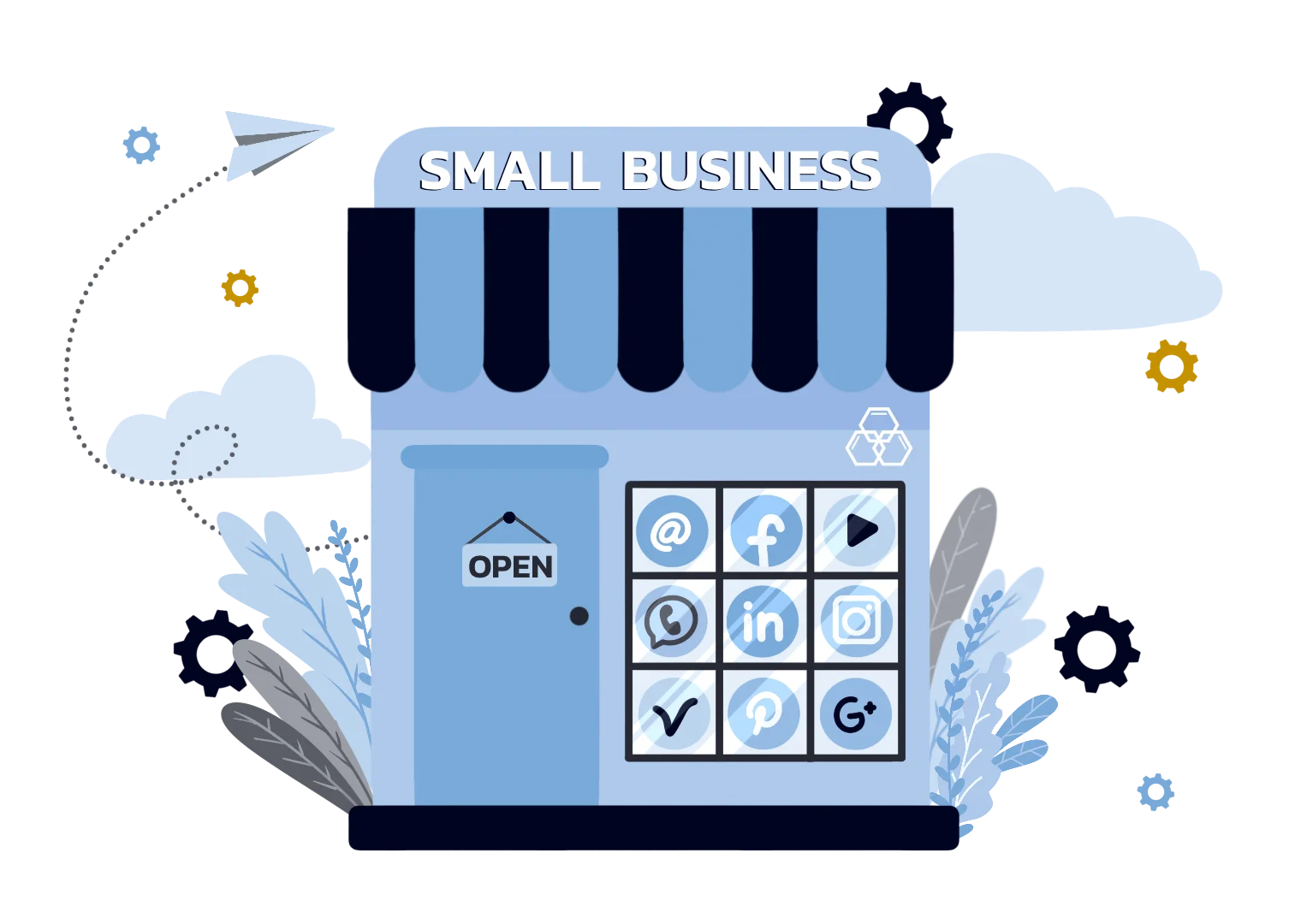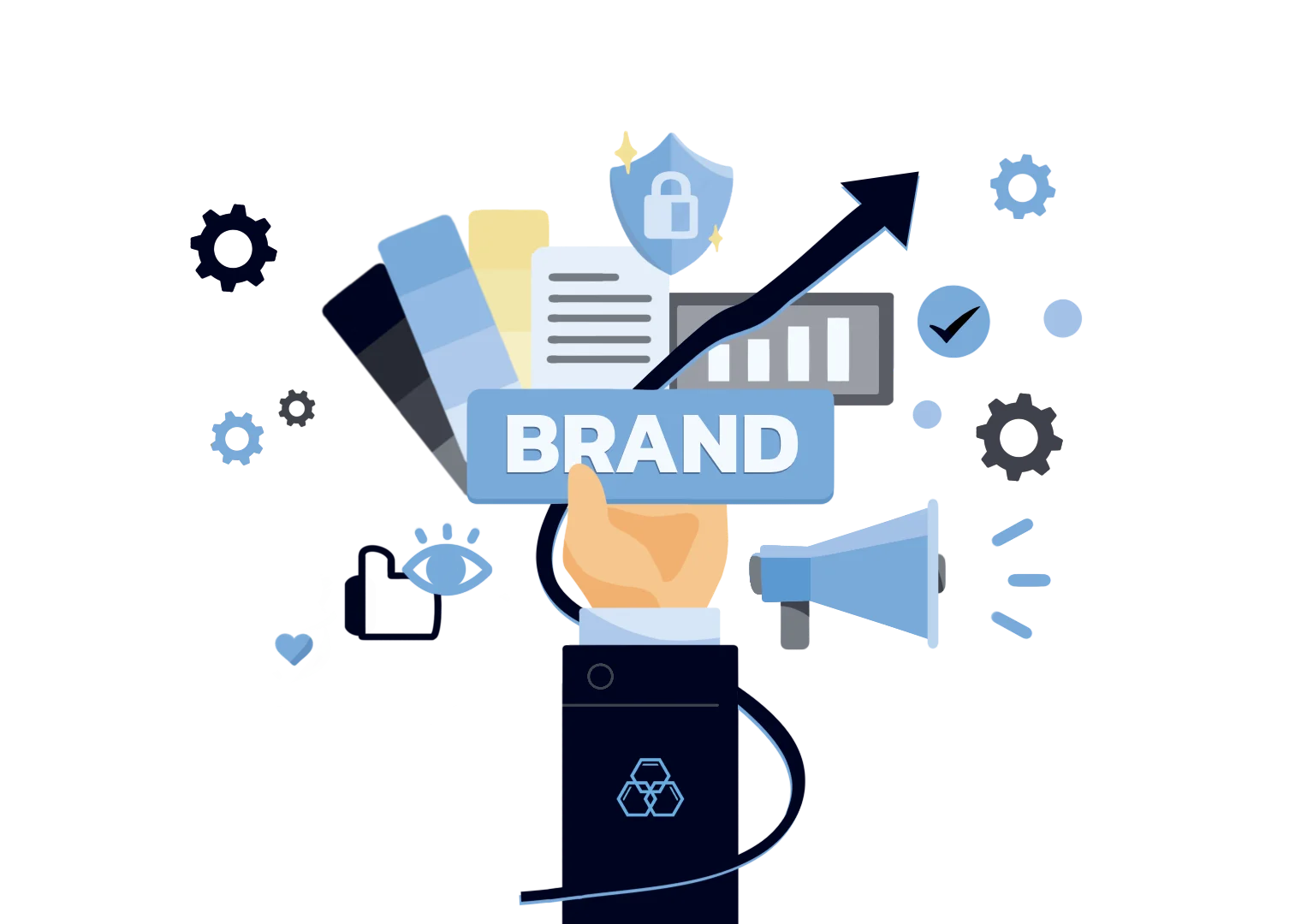Designing for Disabilities.
Inclusive design is important and something all business owners should consider when buying/building their workspace, designing products or creating a brand. The reality is that most business owners have a lot on their plate and might not have the budget, time or resources to think about a minority group-set in their total customer base. Moving forward we hope to encourage leaders, owners and entrepreneurs to start every endeavor with a different perspective.
Examples of products designed with a niche group in mind:
- The OXO potato peeler was made for people with arthritis
- Bicycles are based on the design of the first wheelchair
- Texting was designed for people who were deaf
- Braille was originally used in war for nighttime battlefield communications
Although these products were made for people with disabilities they arguably became some of the best inventions of our time. So the question we have to ask is, how can our companies significantly benefit from designing for disabilities?
For the Business owner
Whenever you start a new project, whatever it may be, always consider your customers' journey. As an owner you don’t have to accommodate for every disability immediately. Find the ones that are most relevant to your business.
Restaurants
- Have braille on the menus (blind)
- Make spaces wider in between tables (wheelchair accessible)
- Create clear bold signs, chalk signs are difficult to read (visually impaired)
Fashion Brands
- Easy to open packaging (Arthritis)
- Rethink zippers and buttons (Cerebral palsy)
For the Designer
There are a handful of little yet substantial steps you can take when designing for a business.
- People with dyslexia struggle more to read San Serif typefaces. Try to find fonts with unique characteristics in individual letters so that they are more easily distinguishable and ultimately easier to read.
- Add metadata to your images, blind people or those with bad eyesight who use the web can have different pages read to them, but in order for images to be read metadata explaining what it is must be added.
- User test interactive experiences and products for those who are in wheelchairs or have other difficulties getting around, most of the time designers test their work on people without disabilities but by including everyone in the process you can make better designs.
Innovating
Design thinking is an important part of creating work that is inclusive of everyone.
The five main steps are:
- Identify the most common disability
- Empathize (understand the struggles that they will go through)
- Ideation (generate ideas)
- Prototype/test
- Execute
When we are able to be inclusive with our companies, people will notice and talk about it. All the examples above help the disabled and drastically improve the experience for everyone else. Bolder signs, easy unpacking and better zippers would also be appreciated by those who don't have disabilities. Remember to ask yourself, what types of disabilities would my business come into contact with the most and solve the problem.






